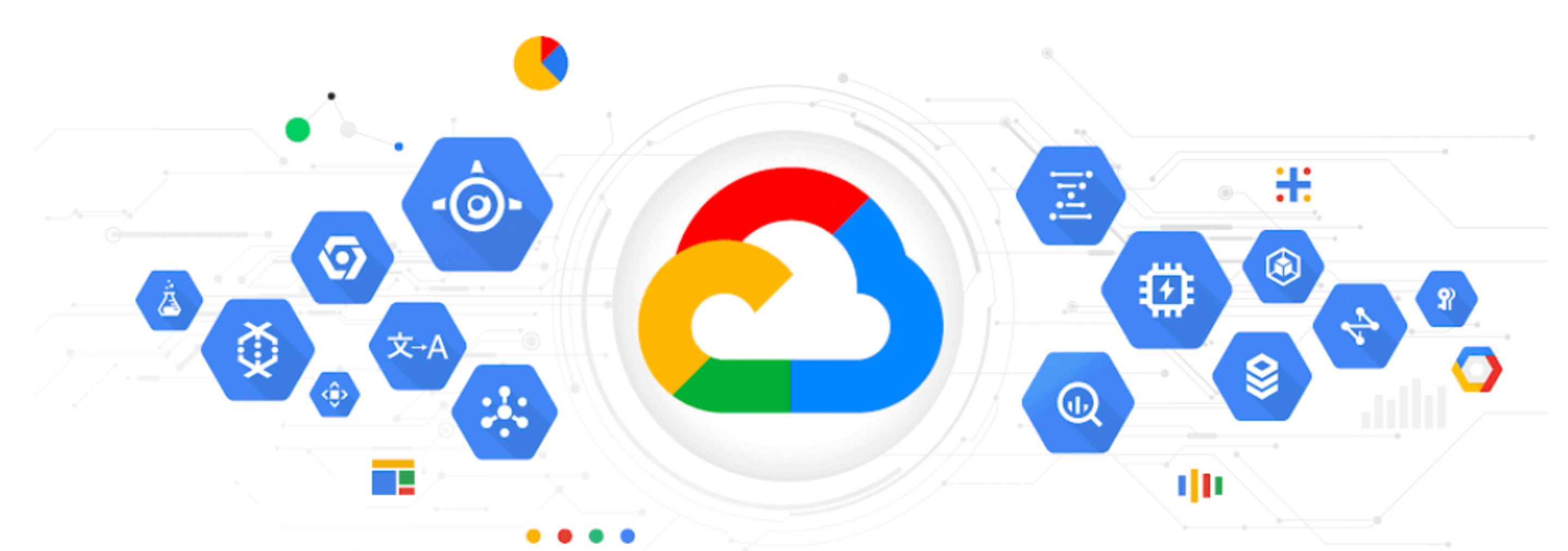Featured
Google launches open-source cloud for enterprises
Vendor lock-in is a thing of the past for Google Cloud users, writes BRYAN TURNER.
Share
- Click to share on Twitter (Opens in new window)
- Click to share on Facebook (Opens in new window)
- Click to share on LinkedIn (Opens in new window)
- Click to email a link to a friend (Opens in new window)
- Click to share on Reddit (Opens in new window)
- Click to share on WhatsApp (Opens in new window)
- Click to share on Pinterest (Opens in new window)
A new way for enterprises to use cloud, that prevents lock-in, has been unveiled by Google at its Cloud Next event in San Francisco.
“Cloud Next is held in San Francisco, London, and Tokyo to cater for the various markets,” said Mich Atagana, head of communications for Google Africa. “The event aims to bring together cloud developers to showcase the latest cloud. You can think of it as the Google IO event for executives.”
At a round table, a team of Googlers broke it down for those of us who aren’t cloud developers.
“There’s a lot of technicality in this event, and a lot of the magic could be lost on those who aren’t developers,” said Atagana. “That’s why we’ve assembled our Cloud team to demystify the technicality.”
Shai Morgan, head of Google Cloud Sub Saharan Africa, said: “Cloud Next started four years ago. The first one hosted 3600 attendees, while this year we hosted about 30,000. This shows the way Google moves across the industry and how we address businesses. We’ve seen large growth in our partner ecosystem. It used to be very niche players, and now it’s big players like Accenture and Deloitte using Google Cloud.”
Daniel Acton, regional tech lead for Cloud at Google, said: “We had a new CEO come in [for Google Cloud] and he said it’s all fair and well to talk about the benefits of the cloud, but it’s not always attainable for business.”
This is where Google comes in. It launched new products to assist businesses in customising the cloud, the transition to cloud platforms, and how much must remain on-premise.
First up is Anthos, a management system for hybrid environments.
Acton said: “Anthos addresses the journey to the cloud. Businesses know that this journey doesn’t happen at the snap of the fingers. Executives have to make carefully calculated decisions on how to get there. There’s also lots of friction to get to the cloud, with a big factor being cloud vendor lock-in.”
“One way to move a business to the cloud is through a ‘lift and shift’, which is simply moving all the components of the business off-premise and on the cloud. This isn’t always what a business needs. Anthos deals with “infrastructure modernisation”, which is how we go from what we got to what we need. That’s because not everything should be in the cloud.
“We give businesses that option for hybrid infrastructure. Anthos exists to help customers on their journey to the cloud. We realise this is a multi-cloud environment and provide our customers on-premise, a bridge, and computation on the cloud, for example.”
Morgan expanded on this and said: “It’s a bridge to the cloud and a very well managed bridge at that. For an enterprise customer, it’s complicated to move assets, manage skillsets, all while thinking about lock-in to a cloud vendor. Open source in an enterprise environment prevents lock-in. We work very closely with existing vendors, walking with them in their cloud journey but they can leave at any time.
“Anthos can run on Amazon Web Services (AWS) and Microsoft Azure. That’s the beauty of Open Source, no lock-in. Containerising is a method that’s popular in the cloud developer environment but moving these containers across these environments is not trivial currently. Anthos allows this to happen.”
This brings the second major feature: serverless computing.
Containers and serverless computing go hand-in-hand. Acton explained that containers are like pre-setup computers, where a developer doesn’t have to spend time setting up a virtual environment and can focus on writing code, which ultimately delivers business value. He compared the proliferation of containers to Java, with the “write once, run anyway” phrase.
Serverless computing is split into many levels. At a low level, the Google App Engine allows developers to write code, and it takes care of hosting and handling the load. This is similar to the AWS Lambda service.
The enterprise nature of Google Cloud is not exclusive to large enterprises.
“We address very small businesses as we treat our consumers,” said Morgan “They most likely use Gmail, Drive, Docs, and Calendar because those products are free and very easy to handle. Setting up an enterprise cloud environment is quite complicated.
“If one invests enough time and energy, one can start a business that adds value and has its computing backed by Google Cloud.”
Share
- Click to share on Twitter (Opens in new window)
- Click to share on Facebook (Opens in new window)
- Click to share on LinkedIn (Opens in new window)
- Click to email a link to a friend (Opens in new window)
- Click to share on Reddit (Opens in new window)
- Click to share on WhatsApp (Opens in new window)
- Click to share on Pinterest (Opens in new window)
| Thank you for Signing Up |

















